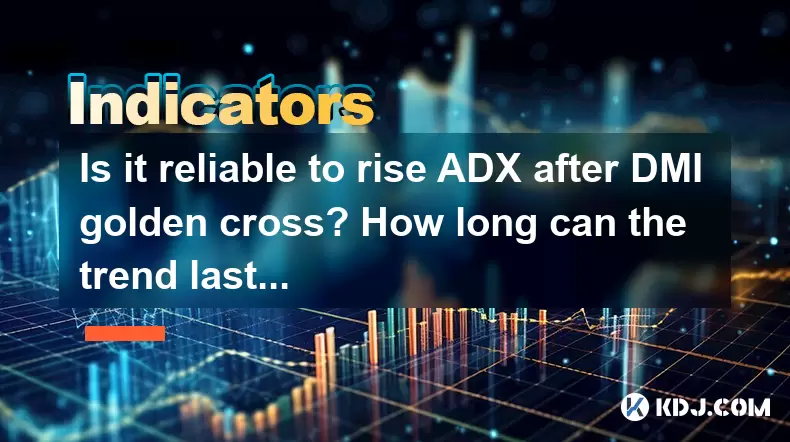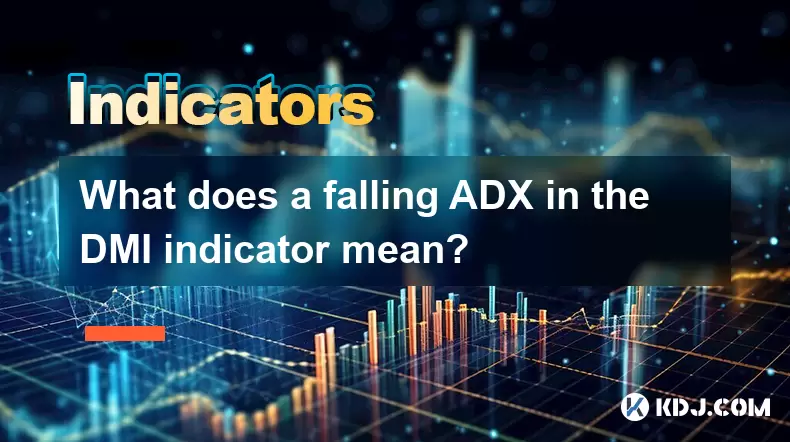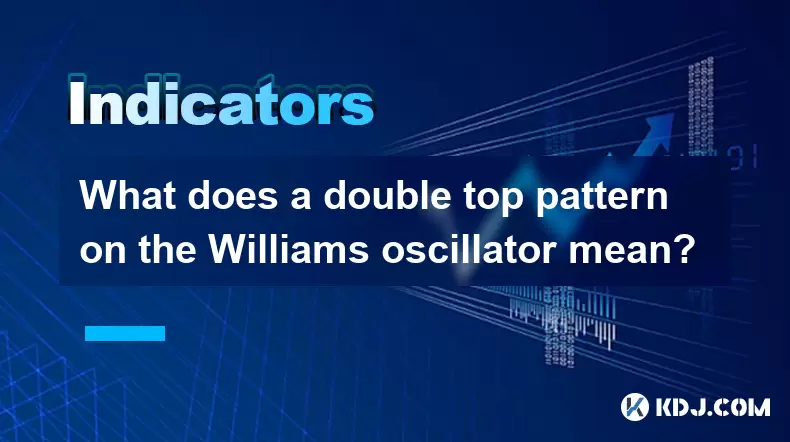-
 Bitcoin
Bitcoin $116700
0.24% -
 Ethereum
Ethereum $3973
4.34% -
 XRP
XRP $3.283
7.68% -
 Tether USDt
Tether USDt $1.000
0.01% -
 BNB
BNB $789.8
2.27% -
 Solana
Solana $176.2
3.31% -
 USDC
USDC $0.9999
0.00% -
 Dogecoin
Dogecoin $0.2238
5.14% -
 TRON
TRON $0.3389
-0.51% -
 Cardano
Cardano $0.7907
4.03% -
 Stellar
Stellar $0.4527
10.02% -
 Hyperliquid
Hyperliquid $41.07
4.27% -
 Sui
Sui $3.794
1.77% -
 Chainlink
Chainlink $19.49
10.40% -
 Bitcoin Cash
Bitcoin Cash $580.9
0.74% -
 Hedera
Hedera $0.2617
4.32% -
 Avalanche
Avalanche $23.41
3.67% -
 Ethena USDe
Ethena USDe $1.001
-0.03% -
 Litecoin
Litecoin $122.4
1.38% -
 Toncoin
Toncoin $3.364
1.49% -
 UNUS SED LEO
UNUS SED LEO $8.988
0.37% -
 Shiba Inu
Shiba Inu $0.00001295
2.82% -
 Uniswap
Uniswap $10.62
5.75% -
 Polkadot
Polkadot $3.922
4.46% -
 Dai
Dai $1.000
0.01% -
 Bitget Token
Bitget Token $4.494
2.15% -
 Monero
Monero $268.0
-1.30% -
 Cronos
Cronos $0.1523
3.68% -
 Pepe
Pepe $0.00001127
4.43% -
 Aave
Aave $285.4
4.85%
Is it reliable to rise ADX after DMI golden cross? How long can the trend last?
ADX rising after a DMI golden cross can signal a strengthening bullish trend, but traders should use other indicators and manage risk effectively.
Jun 01, 2025 at 02:35 am

Understanding ADX and DMI
The Average Directional Index (ADX) and the Directional Movement Index (DMI) are technical analysis tools used by traders to assess the strength of a trend and identify potential trading opportunities in the cryptocurrency market. The ADX is a component of the DMI system and helps to measure the strength of a trend, while the DMI consists of two lines, the Positive Directional Indicator (+DI) and the Negative Directional Indicator (-DI), which help to identify the direction of the trend.
When the +DI line crosses above the -DI line, it is known as a golden cross. This event is often seen as a bullish signal, suggesting that the upward trend may be strengthening. Conversely, when the -DI line crosses above the +DI line, it is known as a death cross and is considered a bearish signal.
The Reliability of ADX Rising After a DMI Golden Cross
The reliability of the ADX rising after a DMI golden cross depends on various factors, including the overall market conditions, the specific cryptocurrency being analyzed, and the timeframe being considered. In general, a rising ADX following a golden cross can be a reliable indicator of a strengthening bullish trend. However, it is crucial to consider other technical indicators and market analysis to confirm the signal.
The ADX rising after a DMI golden cross suggests that the trend is not only upward but also gaining strength. This combination can be a powerful signal for traders looking to enter long positions. However, it is important to remember that no indicator is foolproof, and false signals can occur. Therefore, it is advisable to use the ADX and DMI in conjunction with other tools such as moving averages, RSI, and volume analysis to increase the reliability of the signal.
Duration of the Trend Following a DMI Golden Cross
The duration of the trend following a DMI golden cross can vary significantly. There is no fixed timeframe for how long a trend can last after a golden cross. Several factors can influence the duration of the trend, including market sentiment, macroeconomic events, and the overall volatility of the cryptocurrency market.
In some cases, a trend may last for several weeks or even months following a golden cross, especially if the ADX continues to rise and other indicators confirm the strength of the trend. However, in other instances, the trend may be short-lived, particularly in highly volatile markets where sudden reversals are common.
Traders should use trailing stop-loss orders and monitor the ADX and DMI closely to manage their positions effectively. If the ADX begins to decline or the -DI line starts to approach the +DI line, it may be a sign that the trend is weakening, and it could be time to consider exiting the position.
Practical Application of ADX and DMI in Cryptocurrency Trading
To effectively use the ADX and DMI in cryptocurrency trading, follow these steps:
Select a Cryptocurrency and Timeframe: Choose a cryptocurrency you are interested in trading and decide on the timeframe you want to analyze (e.g., daily, hourly).
Plot the ADX and DMI on Your Chart:
- Use your trading platform to add the ADX indicator to your chart. The ADX line typically appears as a single line.
- Add the DMI indicator to your chart. This will display the +DI and -DI lines.
Identify a DMI Golden Cross:
- Monitor the +DI and -DI lines. A golden cross occurs when the +DI line crosses above the -DI line.
- Confirm the golden cross by ensuring that the +DI line remains above the -DI line.
Check the ADX:
- After identifying a golden cross, check the ADX line. A rising ADX above a certain threshold (commonly 25) indicates a strengthening trend.
- Ensure that the ADX continues to rise after the golden cross to confirm the trend's strength.
Enter a Trade:
- If the ADX is rising after a DMI golden cross, consider entering a long position.
- Set a stop-loss order to manage risk, and consider using a trailing stop to lock in profits as the trend progresses.
Monitor the Trend:
- Continuously monitor the ADX and DMI to assess the trend's strength.
- If the ADX starts to decline or the -DI line approaches the +DI line, it may be time to exit the position.
Combining ADX and DMI with Other Indicators
To increase the reliability of trading signals, it is beneficial to combine the ADX and DMI with other technical indicators. Moving averages can help confirm the trend's direction and strength. For example, if the price is above a rising 50-day moving average, it reinforces the bullish signal from the ADX and DMI.
The Relative Strength Index (RSI) can help identify overbought or oversold conditions. If the RSI is above 70 after a DMI golden cross, it may indicate that the market is overbought, suggesting a potential pullback. Conversely, an RSI below 30 may indicate an oversold market, which could present a buying opportunity if the ADX is rising.
Volume analysis can also provide valuable insights. A rising ADX after a DMI golden cross accompanied by increasing trading volume can confirm the strength of the trend. Conversely, if the volume is declining, it may suggest that the trend is losing momentum.
Case Studies: ADX and DMI in Action
To illustrate the practical application of ADX and DMI, let's consider a few case studies from the cryptocurrency market:
Bitcoin (BTC) Daily Chart:
- On a particular day, the +DI line crosses above the -DI line, indicating a golden cross.
- The ADX, which was previously below 25, starts to rise and reaches 30 over the next few days.
- The price of Bitcoin continues to rise for the next month, confirming the strength of the bullish trend.
Ethereum (ETH) Hourly Chart:
- An hourly chart shows a DMI golden cross, with the +DI line moving above the -DI line.
- The ADX, which was hovering around 20, begins to rise and reaches 28 within a few hours.
- The price of Ethereum increases for the next 12 hours before a sudden reversal occurs, highlighting the importance of using other indicators and managing risk.
These case studies demonstrate that while the ADX rising after a DMI golden cross can be a reliable indicator, it is essential to consider the broader market context and use additional tools to confirm the signal.
Frequently Asked Questions
Q1: Can the ADX and DMI be used for short-term trading?
A1: Yes, the ADX and DMI can be used for short-term trading by analyzing shorter timeframes such as hourly or 15-minute charts. However, the reliability of signals may vary, and it is crucial to use other indicators and manage risk effectively.
Q2: How does the ADX threshold affect the interpretation of the trend?
A2: The ADX threshold typically set at 25 is used to determine whether a trend is strong or weak. An ADX above 25 suggests a strong trend, while an ADX below 25 indicates a weak trend. Traders can adjust this threshold based on their trading strategy and the specific cryptocurrency being analyzed.
Q3: What are the limitations of using ADX and DMI in cryptocurrency trading?
A3: The main limitations include the potential for false signals, the need for confirmation from other indicators, and the impact of market volatility on trend duration. Additionally, the ADX and DMI may not perform well in ranging markets where there is no clear trend.
Q4: How can traders manage risk when using ADX and DMI?
A4: Traders can manage risk by setting stop-loss orders, using trailing stops to lock in profits, and diversifying their trading portfolio. It is also essential to monitor the ADX and DMI closely and be prepared to exit positions if the trend shows signs of weakening.
Disclaimer:info@kdj.com
The information provided is not trading advice. kdj.com does not assume any responsibility for any investments made based on the information provided in this article. Cryptocurrencies are highly volatile and it is highly recommended that you invest with caution after thorough research!
If you believe that the content used on this website infringes your copyright, please contact us immediately (info@kdj.com) and we will delete it promptly.
- Roman Storm, Funding Effort, and the Looming Defense Retrial: A New York Minute on the Tornado Cash Case
- 2025-08-09 02:50:14
- Crypto's Wild Ride: XRP, Dogecoin, and the Altcoin Surge You Can't Ignore
- 2025-08-09 02:50:14
- Elon Musk, Bitcoin, and the Enduring Power of Approval: A Crypto Love Story?
- 2025-08-09 03:50:15
- Ruvi AI: The Next Big Thing After Ripple on CoinMarketCap?
- 2025-08-09 03:50:15
- Floki Price Surges: Elliott Wave and Fibonacci Setups Point to Potential Gains!
- 2025-08-09 02:30:16
- Pepe Price, RTX (Remittix?) & the $10K ETH Dream: NYC Crypto Chatter
- 2025-08-09 02:30:16
Related knowledge

What does it mean when the TRIX indicator suddenly diverges downward after a long period of convergence?
Aug 09,2025 at 12:56am
Understanding the TRIX Indicator in Cryptocurrency TradingThe TRIX indicator, or Triple Exponential Average, is a momentum oscillator used in technica...

Why is the rise limited after a MACD bottoming divergence?
Aug 09,2025 at 12:07am
Understanding MACD Bottoming Divergence in Cryptocurrency TradingThe MACD (Moving Average Convergence Divergence) is a widely used technical indicator...

What does it mean when the OBV continues to rise but the price is trading sideways?
Aug 08,2025 at 10:35pm
Understanding On-Balance Volume (OBV)On-Balance Volume (OBV) is a technical indicator that uses volume flow to predict changes in stock or cryptocurre...

What does a falling ADX in the DMI indicator mean?
Aug 09,2025 at 03:16am
Understanding the ADX and DMI Indicator FrameworkThe DMI (Directional Movement Index) is a technical analysis tool developed by J. Welles Wilder to id...

What does a double top pattern on the Williams oscillator mean?
Aug 09,2025 at 02:36am
Understanding the Williams %R OscillatorThe Williams %R oscillator is a momentum indicator developed by Larry Williams to identify overbought and over...

What is a nonce and how is it used in Proof of Work?
Aug 04,2025 at 11:50pm
Understanding the Concept of a Nonce in CryptographyA nonce is a number used only once in cryptographic communication. The term 'nonce' is derived fro...

What does it mean when the TRIX indicator suddenly diverges downward after a long period of convergence?
Aug 09,2025 at 12:56am
Understanding the TRIX Indicator in Cryptocurrency TradingThe TRIX indicator, or Triple Exponential Average, is a momentum oscillator used in technica...

Why is the rise limited after a MACD bottoming divergence?
Aug 09,2025 at 12:07am
Understanding MACD Bottoming Divergence in Cryptocurrency TradingThe MACD (Moving Average Convergence Divergence) is a widely used technical indicator...

What does it mean when the OBV continues to rise but the price is trading sideways?
Aug 08,2025 at 10:35pm
Understanding On-Balance Volume (OBV)On-Balance Volume (OBV) is a technical indicator that uses volume flow to predict changes in stock or cryptocurre...

What does a falling ADX in the DMI indicator mean?
Aug 09,2025 at 03:16am
Understanding the ADX and DMI Indicator FrameworkThe DMI (Directional Movement Index) is a technical analysis tool developed by J. Welles Wilder to id...

What does a double top pattern on the Williams oscillator mean?
Aug 09,2025 at 02:36am
Understanding the Williams %R OscillatorThe Williams %R oscillator is a momentum indicator developed by Larry Williams to identify overbought and over...

What is a nonce and how is it used in Proof of Work?
Aug 04,2025 at 11:50pm
Understanding the Concept of a Nonce in CryptographyA nonce is a number used only once in cryptographic communication. The term 'nonce' is derived fro...
See all articles

























































































